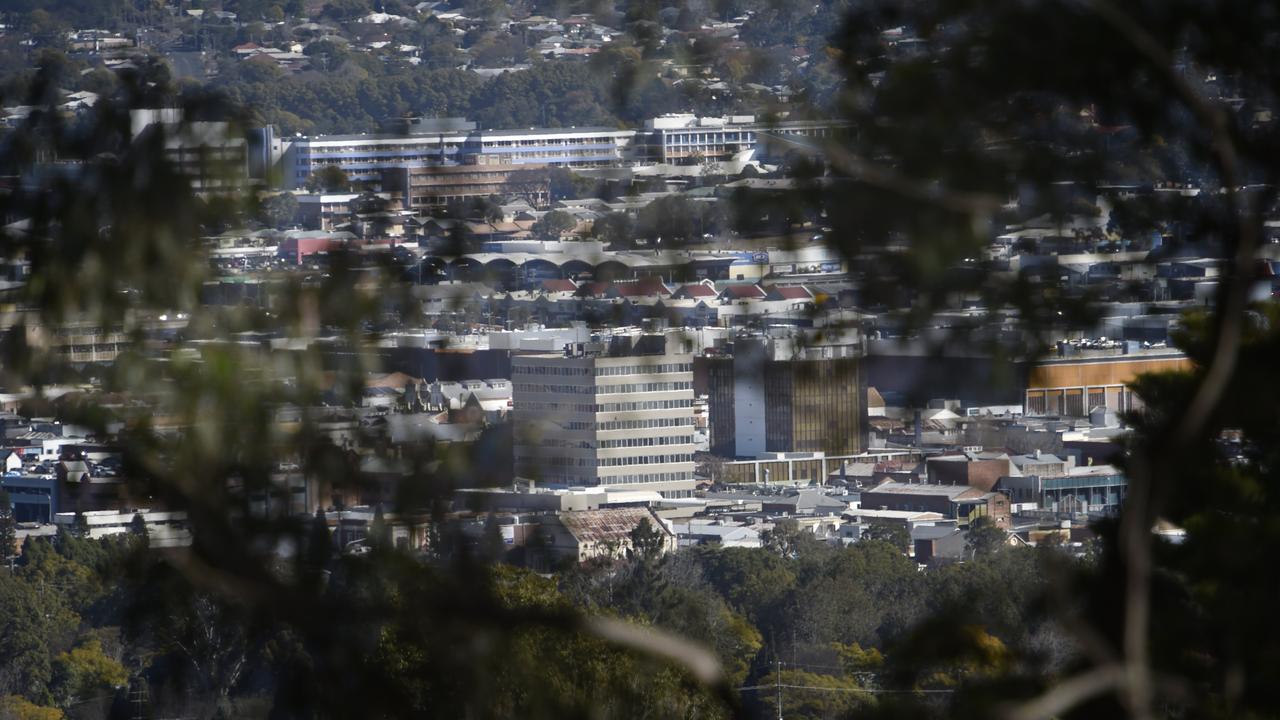New jobs data show’s city has lowest youth unemployment rate
Data from the Australian Bureau of Statistics points to a youth unemployment rate of 9.7 per cent for Toowoomba, down from 27 per cent this time last year. But those figures hide a painful reality.

Toowoomba
Don't miss out on the headlines from Toowoomba. Followed categories will be added to My News.
Fresh employment data from the Australian Bureau of Statistics shows Toowoomba has one of the lowest youth unemployment rates of any region in Queensland.
It now sits at about 9.7 per cent, down from nearly 27 per cent at the height of the Covid lockdown in 2020.
The city’s general unemployment rate has fallen to 4.4 per cent.
This compares to a state average of 6.1 per cent.
Toowoomba Mayor Paul Antonio welcomed the news, saying the city had fallen below the average Queensland youth unemployment rate for three consecutive months.
“The youth unemployment rate hasn’t been as low in comparison to the general unemployment rate since late 2018,” he said.
“This means that young people effectively have twice the chance of finding employment in our region now compared with their prospects back in March 2020.
The city has recorded an extra 11,500 jobs in the past 12 months.
“We’ve also seen a fall in the number of residents in the 15-64 age bracket who are eligible to receive Jobseeker and youth allowance payments,” Cr Antonio said.
“Around 8.2% of eligible people received payments, down from 8.8% in March.”
But not everyone was singing to the same tune.
Downs Industry Schools Co-Op CEO Mike Paton said the figures are not accurate because the ABS did not factor in underemployment.
“If you have a casual worker doing two hours a week then you are counted as employed,” he said.
Mr Paton’s organisation trains young people and places them in jobs.
He said if the ABS factored in underemployment then the jobless rate would be upwards of 15 per cent.
“We have many young people who are working two jobs but still cannot afford to move out of Mum and Dad’s home,” he said.
“The problem with underemployment adversely affects our young and semi-skilled or low-skilled workers.”
Covid is partially to blame for this with employers cutting back hours for casual employees to fulfil their obligations to full-time staff.
Mr Paton said the hospitality industry was acutely exposed to the Covid pandemic while also being a big employer of young people and casual workers.
“When things slow down it is people with qualifications and education that stay on,” he said.
“Young people really are at the mercy of their skills.”
Still Mr Paton welcomed the broad bounce back.
“This time last year I thought it would take two-three years to youth unemployment under 10 per cent,” he said.






